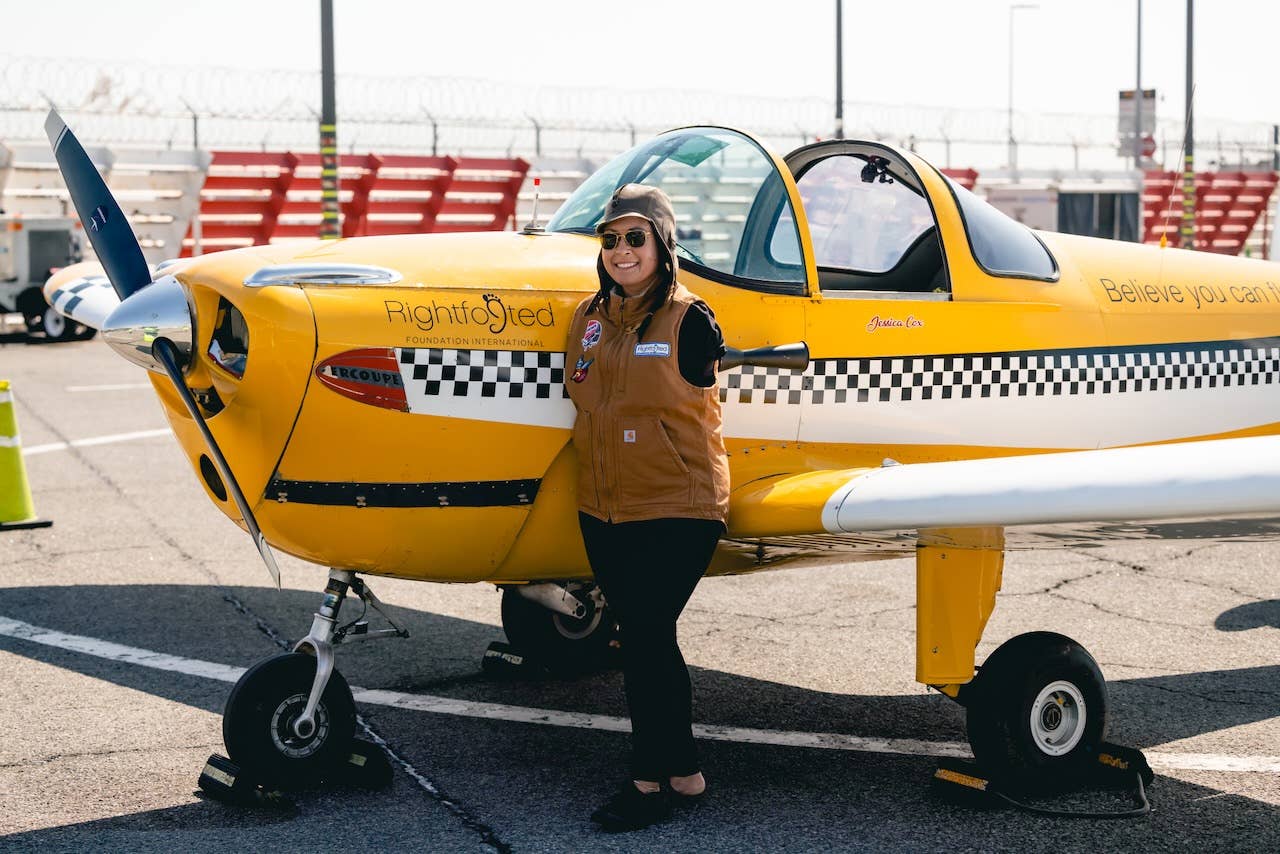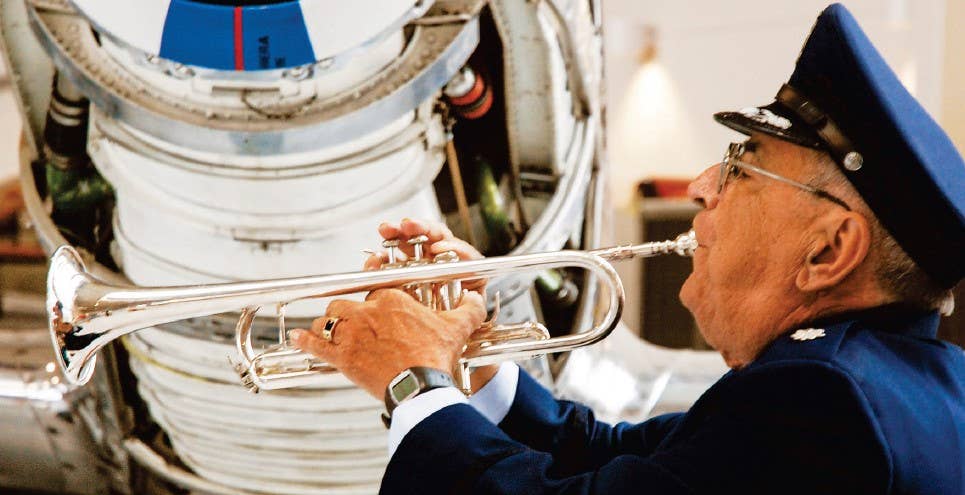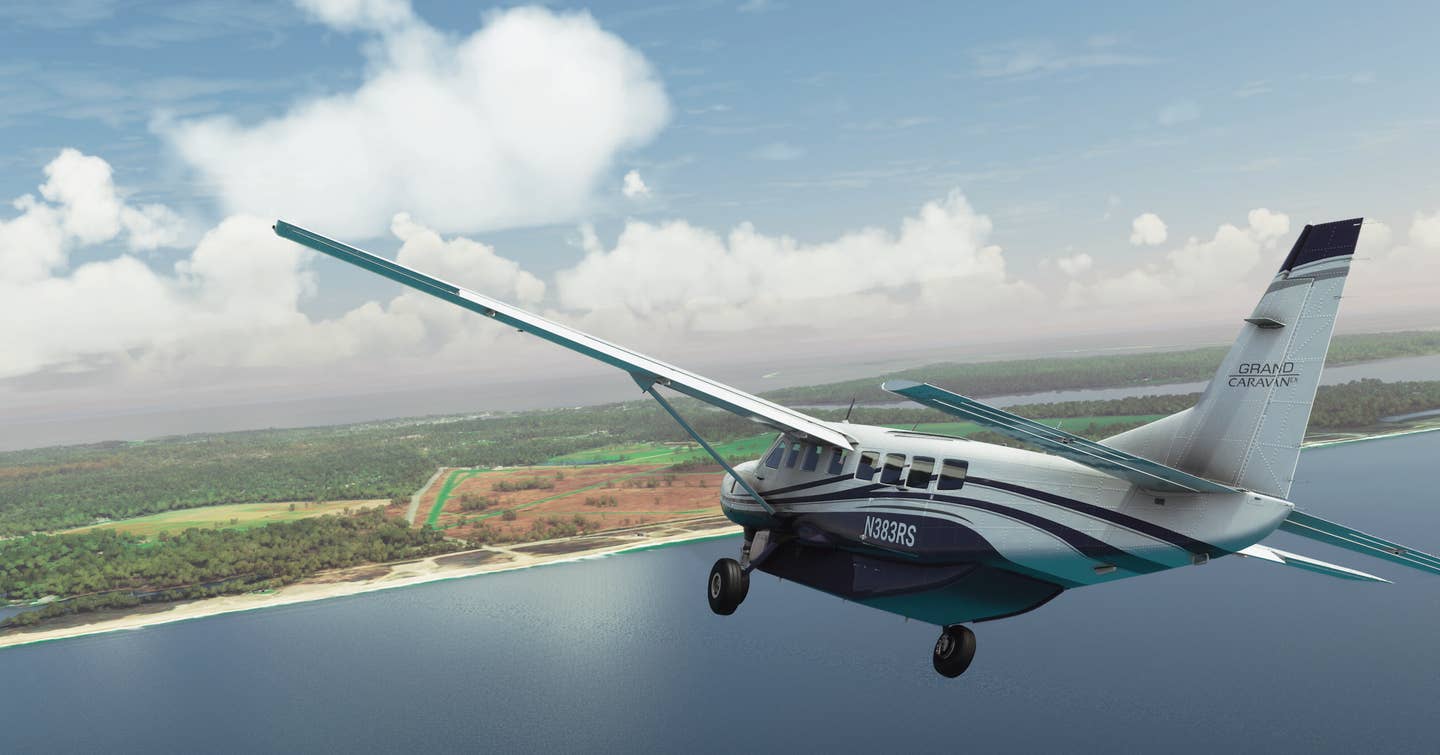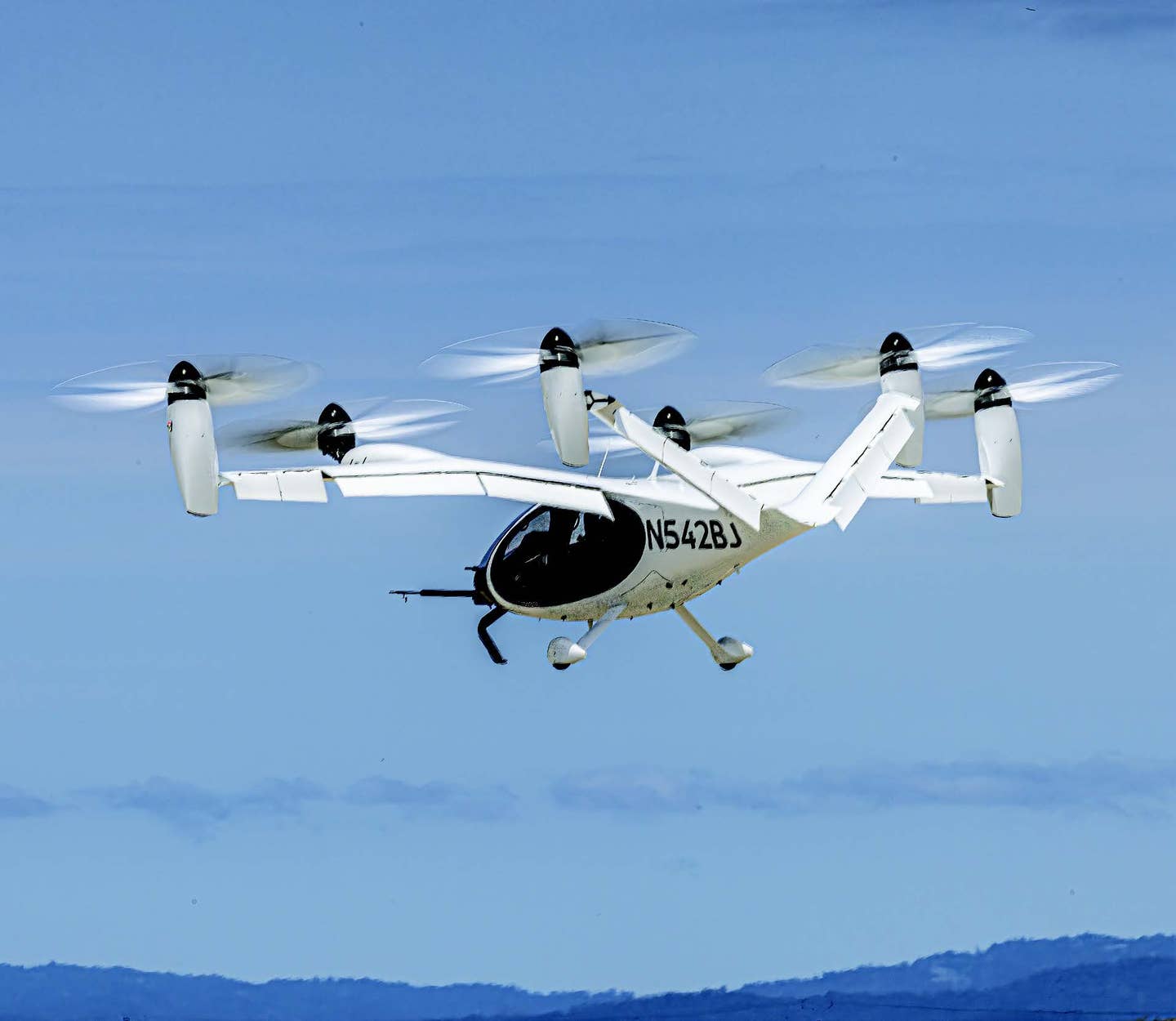The Process of Obtaining a Medical Certificate
Flying without arms has made getting a third-class medical uncharted territory.

Jessica stands in front of N26R, a 1946 415-C Ercoupe that she plans to take her medical flight review in. [Courtesy: Jessica Cox]
I have a confession to make: I’ve been flying without a medical. Well, not a third-class medical, at least. As a light sport pilot and the first armless pilot, I’ve been using my driver’s license as my medical. Needless to say, my pathway to becoming a pilot was not typical. Navigating the skies with just my feet meant embracing challenges and redefining what’s possible. Now, I’m finally on the journey to getting my medical, the real medical, the third-class medical. Once again, I’m back in uncharted territory.
This medical adventure started with The Impossible Airplane project, a custom-controlled RV-10 that will be the first purpose-built airplane in history for a pilot flying with just their feet. I’ve been flying Ercoupes for a long time, but the RV-10 does not qualify for the current light sport rules. So if I’m ever going to solo The Impossible Airplane, I’ll need to get my private pilot certificate, which also means getting at least my third-class medical.
Even without arms, my formal application started like any nondisabled student pilot. I spoke to several pilot friends about an aviation medical examiner (AME) they would recommend. Unlike most other applicants, though, I wanted to find an AME who had experience with nonstandard applications. Over the years, I’ve heard horror stories from prospective pilots about how one poorly written statement caused months of delays and paperwork headaches. I also know that there is no established precedent for a pilot to receive a medical who is only flying with their feet. So, if we didn’t get the application right the first time, there’s no telling what other issues we would have to resolve.
Luckily, I found Dr. Douglas Little. He is an AME in my hometown of Tucson, Arizona, and has handled several other nontypical medical applications. I also felt reassured when Little explained the medical deferral process and that he would help me through the back and forth with the FAA. He must have done a good job because two months later I received a letter from the FAA that said I needed to see an orthopedic doctor for an evaluation and further documentation.
When I first read the letter, I wondered why the FAA wanted an evaluation. I was born without arms. I’ve made it this far in life and aviation. But it was easy enough to schedule an appointment and send the evaluation back to the agency. When I sat down with the orthopedic doctor, it took a few minutes to explain the situation and what we were asking for. He wasn’t a pilot, but he was professionally curious. (I get a lot of professional curiosity from doctors, especially podiatrists who want to see how my feet have adapted.) The next day I had triplicates of his evaluation and sent two of them to the FAA. It was a pretty straightforward letter attesting to the functionality of my legs and feet with the absence of arms.
The FAA never asked for my medical history. I can see how that collection of documents would be difficult to assemble and then even harder to present to the agency in an organized manner. There are many services out there that specialize in assisting pilots with that process. Luckily for me, about two months after sending in my evaluation, the FAA approved a medical flight review. I can only guess that a combination of Little, the orthopedic doctor, and flying as a light sport pilot for several years helped the process.
The FAA gave me the option to choose the district office that would oversee the process. Naturally, I chose the Scottsdale, Arizona, FSDO. A couple of weeks after that, I got a call from an FAA representative. She informed me that I could select the examiner for my medical flight review and would have a six-month window to complete it. That gave me pause for a moment. I know many student pilots were struggling to find examiners and take timely tests. On top of that, the Ercoupe I wanted to use was still undergoing a lot of maintenance. Plus, I needed a good refresher after a summer of not flying at all. However, the FAA official assured me that if I needed more time, then I just needed to call the office before the six-month window was up.
And now I am waiting for the medical flight review. A CFI friend recommended an examiner who was properly qualified for these. I told him the situation, and he was happy to arrange a date toward the end of my six-month window. I’m both nervous and excited. If I fail my exam, then I will be disqualified from flying as a light sport pilot, and my days as a pilot are over. But if I pass—when I pass—many of the LSA restrictions will be lifted. There will be other restrictions, but I’ll overcome those too.
Thanks to the light sport rules, the doors have been opened for more pilots like me to learn to fly. I’m so thankful that Able Flight is leading the charge for helping pilots with disabilities learn to fly. Able Flight gave me a scholarship for my light sport training. More and more of us are progressing on to the private pilot level and hopefully making it easier for the next pilot to follow after us. And who knows? Maybe after earning my private pilot certificate and instrument rating, I will start looking over the requirements for being a commercial pilot.
As I stand on the threshold of setting this next precedent, I’m reminded that every flight, every test, every hurdle overcome is not just for me, but for those who dream of taking to the skies regardless of the obstacles they face.

Subscribe to Our Newsletter
Get the latest FLYING stories delivered directly to your inbox






